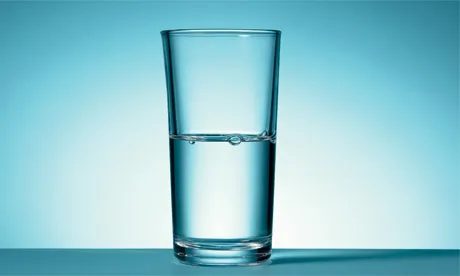Rio+20 and chronic diseases: a glass half-empty or half-full?

The Conversation
Ruth Colagiuri
Rio provided the ideal backdrop for the Rio+20 “earth summit” – with the jungle at its backdoor, nestled among magnificent jagged mountaintops, bordered by kilometres of white sandy Atlantic beaches, and the ever-present favelas, where the very poor live, reminding all of the need to progress the Millennium Development Goals (MDGs).
Twenty years on from the original 1992 United Nations Earth Summit, Rio was bustling with an additional 40,000 to 50,000 people attending either the official UN Rio+20 summit and its myriad of side events, or the alternative People’s Summit.
Sadly, the results did not reflect the magnitude of the occasion and Friends of the Earth went so far as to claim that the outcomes sold out both people and the planet. The opinion of the technocracy accompanying world leaders as they jostled to promote or downplay inclusions (depending on what best suited the needs and capabilities of their countries) appeared fairly uniform.
The oceans fared well, for instance, but commitment to women’s issues, particularly reproductive rights, fared badly. These disappointments and others like them are reportedly shared by many governments and civil society leaders, who are discouraged by the failure of the summit to garner strong commitment to set and take action on specific environmental, economic and social indicators of sustainability.
Unlike the original 1992 Rio Declaration, which resulted in global treaties (with legal teeth) in the form of convention frameworks on Climate Change, Biodiversity and Desertification, Rio+20 culminated only in an agreement on a pathway for negotiating voluntary global targets for sustainable development.
Strewn among the usual motherhood phrases beginning with “we recognise”, “we acknowledge”, “we re-affirm” and “we urge”, the outcomes document “The Future We Want”, is weak and unambitious – a glass that seems more than half-empty.
The Summit's outcome document makes for a pessimistic view. Ahmad Hammoud.
Nonetheless, everyone felt good about the closing of the hole in ozone layer over Antarctica and some tangible gains towards achievement of the MDGs. Non-communicable diseases (NCD) NGO representatives smugly noted that the much briefer UN Political Declaration on NCDs from September 2011 made considerably more actual commitments than the 283-paragraph Rio+20 outcomes document.
And the health and non-communicable diseases NGO community does indeed have much to celebrate. Compared with the original outcomes document, which barely mentioned health and contained no reference whatsoever to the global chronic diseases epidemic, The Future We Want is almost a dream come true.
Containing references to health throughout and with several specific mentions of the global chronic diseases epidemic (including the fact that they’re one of “the major development challenges of the 21st century”), the document has effectively shifted these diseases from the global health policy agenda to inclusion in the wider global political agenda.
Great credit for this is due to many people but particularly to Sir George Alleyne, Emeritus Director of the Pan American Health Organisation, and the NCD Alliance.
In 2009, the NCD Alliance brought together four major international NGOs for diabetes, cancer, heart, lung and tuberculosis, to speak with one voice. This alliance has amplified the message about the devastating impact of chronic diseases on perpetuating poverty and hampering human development.
As a result, chronic diseases are now well positioned for inclusion in whatever model and form of global development goals replace the MDGs when their “use-by date” is reached in 2015. This will pave the way for long overdue political, overseas development assistance, and philanthropic attention for these diseases.
These negotiations will now begin in earnest and they will not be easy. There will be setbacks but, at this point – coming out of Rio+20, the action against non-communicable diseases glass is indeed half-full.
Source: Click here